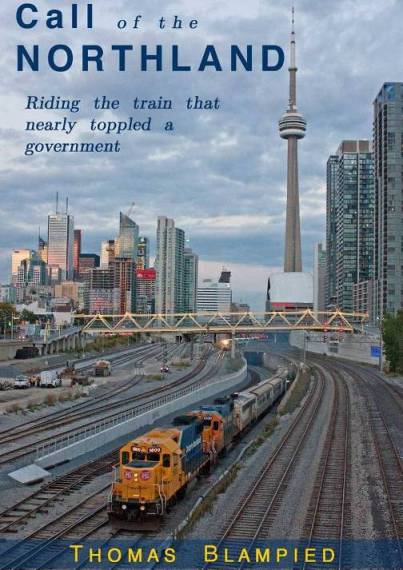http://www.thestarphoenix.com/index.html
Saskatchewan is a diamond in the rough — literally. The province has long been a global player in uranium and potash mining. And diamond mining might someday be added to the list.
In fact, the province has experienced a bit of a ‘diamond rush’ in the northeast thanks to a promising find near La Ronge, called the Pikoo Diamond Project.
“The samples are some of the best ever found in Canada; even better than the Point Lake discovery that launched the country’s diamond mining industry,” says Nick Thomas, with North Arrow Minerals, an exploration firm with the largest stake in the area.
“The Achilles heel is the size of the discovery — it’s smaller than others in Canada, but we’re still learning about it, and it did add a lot of excitement at a bleak time in the exploration sector.” Already many very junior exploration firms are staking claims around North Arrow’s find, hoping to discover more deposits.
The heightened diamond activity comes at a time when exploration spending across Canada is down significantly from previous years. In 2011, according to data released by Natural Resources Canada (NRC), firms spent $4.2 billion in Canada on exploration.

























